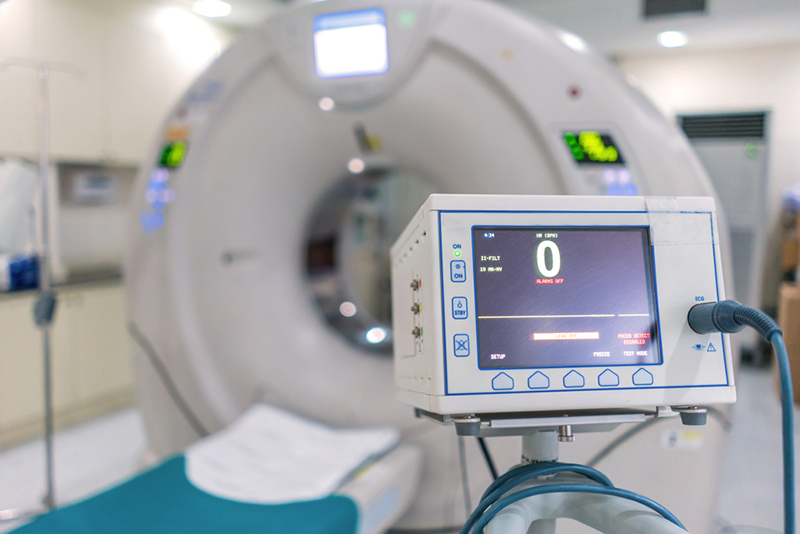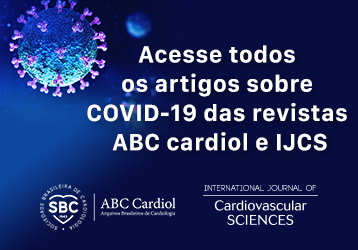Volume 32, Nº 2, Março e Abril 2019
DOI: http://www.dx.doi.org/10.5935/2359-4802.20190005
ARTIGO DE REVISÃO
Cardiac Magnetic Resonance and Amyloidosis: Review
Vaneza Ferreira Ribeiro
Diogo Costa Leandro de Oliveira
Daniel Gama das Neves
Nágela Simão Vinhosa Nunes
Humberto Villacorta Junior
Marcelo Souto Nacif

Abstract
Amyloidosis is a disease caused by extracelular deposition of insoluble protein fibrils, that results in changes in tissue architecture and consequently modification of the organ structure. Cardiac involvement is common in amyloidosis. Two major types of systemic amyloidosis affect the myocardium – immunoglobulin light chain and transthyretin amyloidosis – each leading to different prognosis. Early detection and diagnosis of cardiac amyloidosis are the main objectives in the assessment of the disease. New techniques of magnetic resonance imaging have minimized the need for biopsies for the diagnosis. Late gadolinium enhancement technique, and more recently T1 mapping, have allowed a simplified evaluation of amyloid deposits and extracellular volume. The aim of this review was to describe basic concepts and updates of the use of magnetic resonance imaging for the diagnosis amyloidosis and evaluation of its severity.
Keywords: Amyloidosis; Myocarditis/pathology; Plaque, Amyloid/diagnostic imaging; Magnetic Resonance Imaging.











